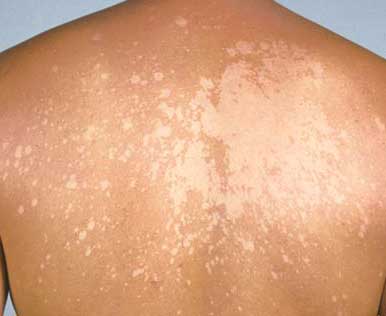Advanced Fungal Infections and Mycology Quiz
- ISO 17025
- GLP
2.
We’ll put your name on your report, certificate, and leaderboard.










 Back to top
Back to top






